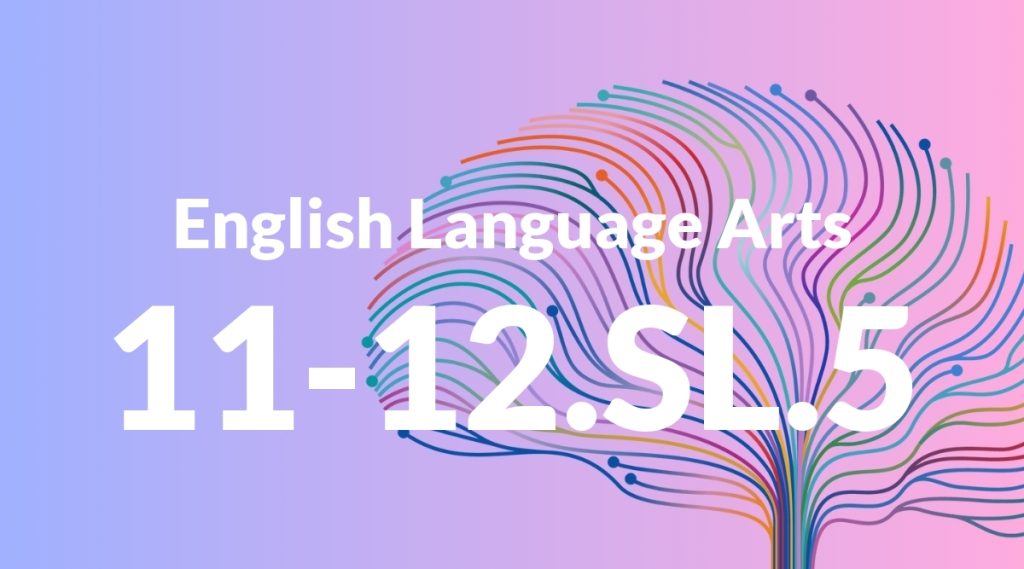Standard: 2.SL.5 – Create audio recordings of stories or poems; add drawings or other visual displays to stories or recounts of experiences when appropriate to clarify ideas, thoughts, and feelings.
Grade level: Grade 2
Subject: English Language Arts
Domain: Speaking & Listening
Teacher Overview
This standard emphasizes the integration of audio and visual elements to enhance storytelling and communication. It is crucial for developing students’ ability to express their ideas clearly and creatively, using multiple modalities. Ensure students have basic storytelling skills and are familiar with simple drawing and audio recording tools.
After mastering this standard, students will be able to create more sophisticated multimedia presentations and will have improved their ability to communicate ideas clearly and creatively using various tools.
Common Misconception 1
Some students may believe that their audio recordings need to be flawless, which can lead to anxiety and reluctance to participate. This misconception overlooks the importance of the content and clarity of ideas over technical perfection.
Intervention 1
Reassure students that mistakes are normal and part of the learning process. Focus on the clarity and creativity of their storytelling rather than technical perfection.
Common Misconception 2
Another common misconception is that visual displays are merely decorative. This view can prevent students from using visuals effectively to enhance their storytelling.
Intervention 2
Provide examples of how visual elements can clarify and enhance understanding. Encourage students to think about how their drawings or images can illustrate specific parts of their stories.
Prerequisite Knowledge
Students should be comfortable with basic storytelling and have experience with simple drawing or visual representation. They should also be familiar with using basic audio recording tools.
Subsequent Knowledge
Students will develop skills in multimedia presentations, improve their ability to use technology to enhance storytelling, and gain confidence in public speaking and sharing their ideas creatively.
Instructional Activities
- Have students record a short story and add sound effects to enhance the narrative.
- Create a class podcast where each student contributes a story or poem.
- Ask students to draw pictures that represent key moments in a story they recorded.
- Organize a multimedia storytelling day where students present their audio and visual projects.




